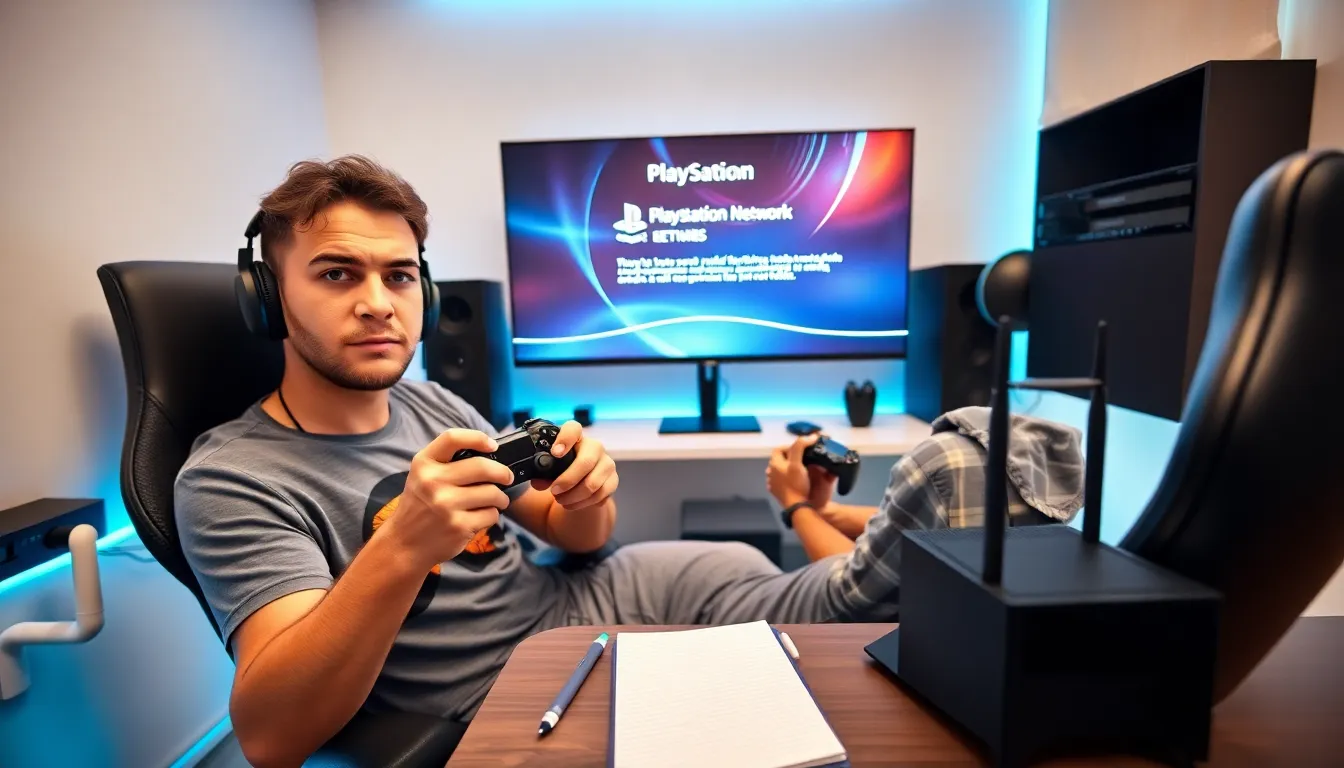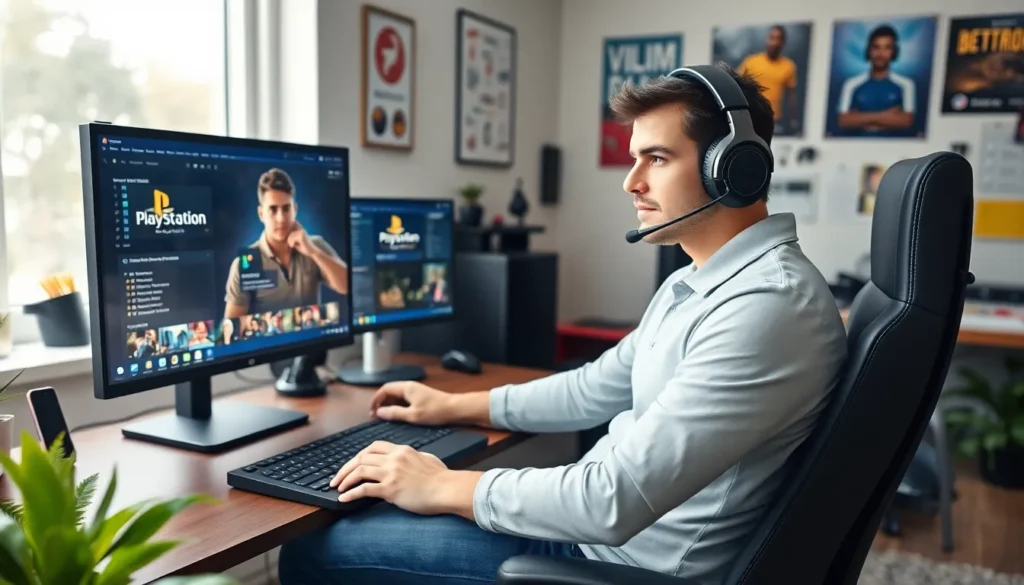Table of Contents
ToggleIf you’ve ever tried to log into the PlayStation Network (PSN) only to be met with that all-too-familiar error message, you’re not alone. It’s a bit like arriving at a party where no one shows up, you just stand there awkwardly, wondering what went wrong. While the PSN can offer epic gaming experiences, it’s not immune to hiccups. From connectivity issues to server downtime, let’s explore the common problems players face, troubleshoot effectively, and maybe even find a way to avoid the hassle in the future.
Common Issues with PlayStation Network

Connectivity Problems
One of the most frequent headaches for PSN users is connectivity issues. Whether it’s your Wi-Fi acting like a stubborn teenager refusing to cooperate or the PSN servers getting overwhelmed by thousands of eager players, the struggle can be very real. The frustration of trying to connect to a game only to be met with endless loading screens can test anyone’s patience.
Server Downtime and Maintenance
Then there’s server downtime and maintenance. The PSN team often schedules maintenance to keep things running smoothly. Unfortunately, that maintenance usually seems to occur just when you want to use it the most. Scheduled downtimes can disrupt everything, playing your favorite games, connecting with friends, or accessing the PlayStation Store. Keeping an eye on PSN status updates can save you from a lot of unnecessary panic.
Account Management Issues
Account management also presents its fair share of problems. Perhaps you’ve forgotten your password or run into an issue verifying your email. Details like these can lead to significant setbacks, especially when you’re trying to access content you’ve purchased. It’s often an easy fix but can still be incredibly annoying in the moment.
Troubleshooting PlayStation Network Issues
Checking Network Status
When things go awry with the PlayStation Network, the first step is to check the network status. Sony provides a dedicated page showing the current system status. If services are temporarily down, it saves you precious time and brainpower to know the cause early.
Restarting Your Console and Network Equipment
Sometimes, a good old-fashioned restart is the answer. Restart your console and your router. Many issues can be resolved simply by giving your devices a moment to reset. Think of it like taking a deep breath before diving into an intense gaming session, sometimes, a brief pause makes all the difference.
Updating System Software
Next, ensure your system software is up to date. Outdated software can be the source of connectivity headaches. It’s easy to overlook, but keeping your PlayStation updated can enhance your online experience, whether that’s smoother gameplay or fewer glitches. Check for updates regularly: it’s like giving your gaming system a little tune-up.
When to Contact Customer Support
If all else fails and you still can’t connect, it’s time to reach out to customer support. They’re your best bet for more complex issues. Have your account information ready, as they’ll likely need it to assist you effectively. Remember, patience is key when waiting for a representative to get back to you, especially during peak times.
Understanding PlayStation Network Outages
Understanding the reasons behind PlayStation Network outages can provide insight into the problems users face. Sometimes, outages are planned for maintenance, but other times they can occur unexpectedly due to high traffic or technical errors. Sites like DownDetector can help you track real-time outages and see if others are experiencing similar issues. Staying informed can help ease the frustration, transforming an inconvenient outage into a more manageable waiting game.
Preventive Measures for Future Problems
To ensure a smoother experience on PSN in the future, consider taking some preventive measures. First, invest in a reliable internet connection with sufficient speed. A wired connection generally offers better stability than wireless. Second, stay updated on PSN maintenance schedules posted on the official PlayStation website or social media channels. Finally, familiarize yourself with basic troubleshooting steps, so you can act quickly if problems arise.










